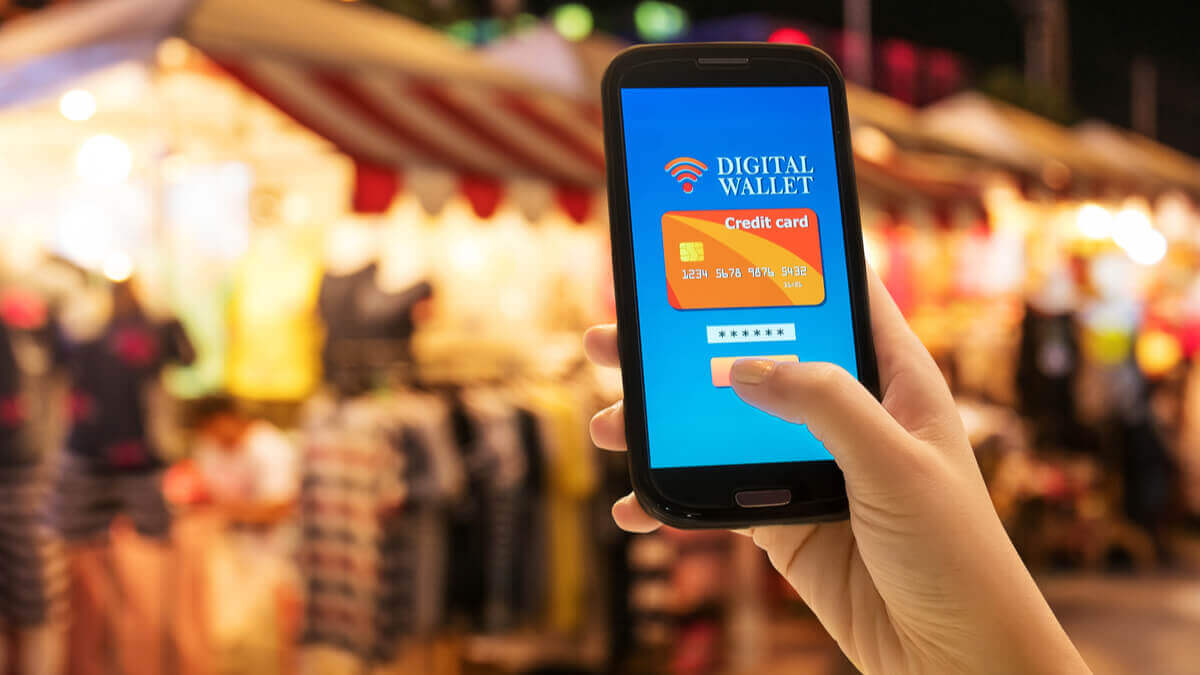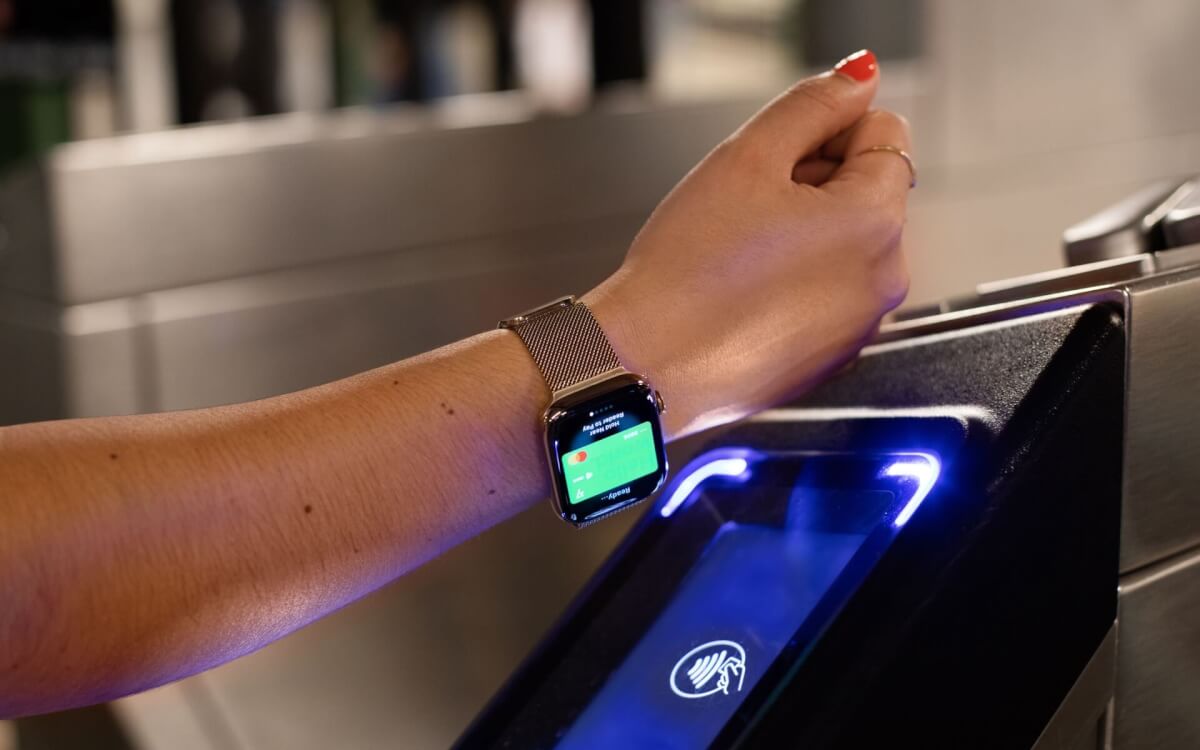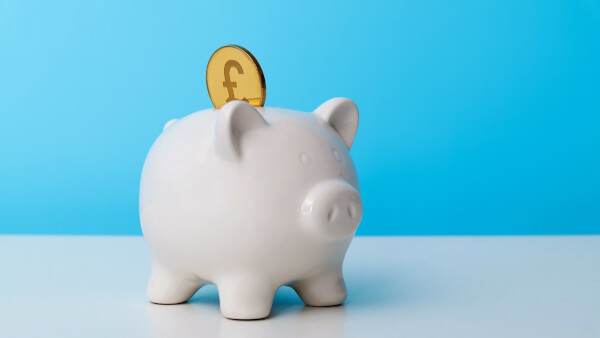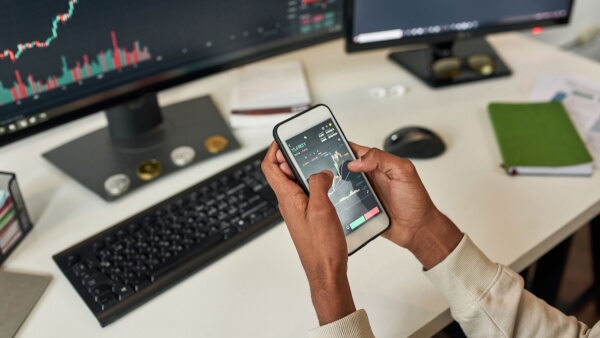Best No Foreign Transaction Fee Credit Cards in Singapore (2026)
Compare the best no foreign transaction fee credit cards in Singapore, including fees, rewards, eligibility, and overseas spending benefits.

Singapore is aiming to become cheque-free by 2025, and to phase out use of cash in favour of e-payments. This is according to Singapore Minister for Education Ong Ye Kung, who believes we should embrace “the convenience and efficiency of e-payments – simple, swift, safe and seamless.”¹
Around 80% of people in Singapore have adopted e-payments, according to the Minister. What’s more, around 60% of merchants now accept them.¹
So, if e-payments are to become the norm in Singapore, it makes sense to know what your best options are. We’ve put together a complete guide to mobile wallets and e-wallets in Singapore, so you can pick the best solution for you.
| Table of contents: |
|---|
To get you up to speed on mobile and digital wallets, here’s what they are in a nutshell.
Both of these terms refer to an electronic wallet, where all your payment card information is stored. This means no more dragging around an actual wallet fit-to-bursting with credit and debit cards. Depending on which solution you choose, you can use a digital wallet to pay for goods and services all over the world.
Both your money and payment information are secure and protected with mobile wallets. Most providers use highly advanced encryption technology, along with biometric authentication (i.e. fingerprint or face recognition) to restrict access to your account to just you.
While they are essentially the same thing, there is a slight difference between mobile wallets and digital wallets.
| A mobile wallet is accessed purely on an app on your smartphone. A digital wallet can be accessed on your laptop, tablet, smartphone or other digital device. |
|---|
Among the most common mobile wallets used worldwide are Apple Pay and Google Pay.
These are so popular because as both Google and Apple are international companies, you can use their mobile wallets all over the world. This differs from some e-wallets offered by banks in Singapore, which may limit use to within the country or within Southeast Asia.

Apple Pay², which has over 440 million users worldwide, is popular due to the convenience and high level of security it offers.
Many major Singaporean banks are compatible with Apple Pay, so you should be able to use your card with the app. You can set up Apple Pay on whatever Apple device you prefer, from your iPhone or iPad to your Apple Watch.
You can also use Apple Pay with mobile wallets such as Wise, which offer a linkable card.
Google Pay³ is another widely used digital wallet in Singapore. You simply need to link your existing debit cards and other payment methods to your Google Pay account. Then, when you want to pay for a bus ticket, groceries or a restaurant bill, you can just tap on the contactless device with your phone instead of a contactless card.
Google Pay is designed to be convenient and easy, and many cards from major banks in Singapore are compatible with it.
To find the right mobile wallet for you, start by looking at how widely accepted each different option is.
Does your bank have its own digital wallet solution and if so, where can you use it? Does the app accept all the cards and payment methods you want to use, and how easy is it to make a payment or top up your account?
You should also look at how user-friendly each digital wallet is, and whether there are any features or perks that you’d find useful.
Here are just a handful of the best e-wallets in Singapore, so you can find the perfect solution for you.
As you’ll soon see, there are quite a lot to choose from. To make it a little easier, we’ve sorted them into bank-owned, non-bank and multi-currency mobile wallets.
As digital wallets have risen in use and popularity, some of the main banks in Singapore have started to bring out their own solutions. We’ll take a look at these here.
This is one of the most commonly used bank-owned mobile wallets in Singapore. It’s easy to see why – DBS is one of the biggest banks in Southeast Asia, and a lot of people in the country have either a DBS or POSB account (DBS owns POSB).
DBS PayLah!⁴ is also one of the most accepted mobile wallets in Singapore. This is good news if you’re considering using it, as it means you’ll be able to shop and spend at a wide range of merchants. The app offers:
DBS PayLah! is secure too, as it offers full biometric authentication. This means only you can access the app with face, fingerprint or Touch ID authentication.
The only drawback with DBS PayLah! is that you can only use it for SGD transactions within Singapore. So, you won’t be able head off on holiday and pay for your purchases using the app.
The UOB Mighty ⁵ mobile wallet stands out from its competitors, as it covers transactions in multiple currencies in a wider range of countries. It isn’t global, but you can currently use it in the neighbouring countries of Singapore, Thailand, Malaysia and Indonesia.
It offers:
If you bank with OCBC, you can take advantage of its own mobile wallet app – Pay Anyone.
OCBC Pay Anyone ⁸ is accepted at a wide range of partner merchants across Singapore, so you can use it to spend at shops, restaurants, cinemas and many other outlets. Features include:
There’s also a limitation in terms of where you can use it – as the OCBC Pay Anyone app can currently only be used for SGD transactions within Singapore.
In addition to the digital wallets offered by major banks in Singapore, you can also take your pick from a range of non-bank mobile wallets.
We’ve already looked at market leaders Google Pay and Apple Pay, but here are just a few of the others:
FavePay ⁹ offers all the usual benefits of a mobile wallet, such as fast and convenient contactless payment with your smartphone, but with an extra bonus on top.
Spend at a selected range of partner merchants and you’ll get up to 50% cashback at over 10,000 shops⁹. There are a huge, regularly updated number of offers and cashback deals, so it’s a good option for shoppers and spenders.
FavePay is designed to be fun and easy to use. It also accepts all major debit and credit cards. But unfortunately, you can’t use it everywhere in the world. At the moment, use of the app is restricted to Singapore and major cities in Indonesia and Malaysia.⁶
AliPay⁸ is the digital wallet from Chinese tech company Alibaba. As you’d expect, this means it comes with some pretty impressive cybersecurity credentials. For example, AliPay uses the best encryption technology to protect your money and online payments. There’s also 90-day payment protection and full amount reimbursement in case anything goes wrong with a purchase.
There are quite a few limitations with AliPay, however. You can only use it at certain international merchants or restaurants (particularly those targeting Chinese tourists). And if you want to transfer funds to your mobile wallet, you’ll need a Chinese credit card and mobile number.
You can open an AliPay account in Singapore if you want to, but it may not be suitable for everyone.
If you use a Huawei device, it could be worth checking out its mobile wallet solution Huawei Pay 9. Once installed and set up, you can simply tap your device to pay at any stores accepting Huawei Pay. Just look for the Huawei Pay symbol. It’s global too, so you can use it with multiple currencies worldwide.
However, Huawei Pay does have its limitations. Not all banks support it, so you’ll only be able to add your debit and credit cards if you bank at one of its partner institutions. For example, UnionPay, Commercial Bank of China Singapore (ICBC Singapore) and Aleta Planet.
Huawei says it’s planning to add more institutions to its list of partner banks though, so watch this space.
SingTel Dash¹⁰ is a popular all-in-one digital wallet with lots of features and perks. These include:
One of the best things about SingTel Dash is that anyone can use it. It comes with an included Dash Visa Virtual Card, and you can top up your balance with any method of your choosing.
With the NETSPay app ¹¹, you can leave your bank card at home and spend simply using your app. The app effectively digitises your NETS debit cards, so you can pay with just a tap of your smartphone or a scan of a QR code.
You can make purchases of up to S$100 at a time without a PIN code, and even use the app for online purchases by scanning the QR code at checkout.
NETSPay accepts all NETS cards from the major banks, including DBS and POSB, UOB and OCBC.
If you live in Singapore, you’re likely to have heard of the ride-hailing company Grab. Well it now has its own mobile wallet, GrabPay ¹².
You can use the app to top-up prepaid GrabPay credits for all your Grab rides, and send credits to your friends too. Simply link your debit or credit card, and top up when you need to. There’s even the option to earn reward points and card benefits on Grab rides.
This is quite a limited use for the app, but the good news is that GrabPay is rapidly expanding the list of places you can spend using its mobile wallet. This includes GrabDelivery, GrabFood, e-scooter services and hotels.
For many people, a digital wallet that only works in one country isn’t going to be the ideal solution. If you like to send and spend internationally, consider a multi-currency digital wallet instead.
Open a free multi-currency account with Wise and you can hold 50+ currencies all in the one digital account. You can manage it online or via the handy Wise app.
If you want to send money to another country, you can do it in just a few taps. As well as being convenient, it’s also a real money saver for international payments. There’s only a tiny fee to pay and you’ll always get the real exchange rate – the same goes for converting currencies and withdrawing to your bank account. In total, it could be as much as 7x cheaper compared to using your bank¹³.
For spending abroad, you can use a Wise multi-currency card (handy for ATM withdrawals) or integrated mobile wallet solutions like Google Pay or Apple Pay¹⁴ (that you can add your Wise virtual card to). This means quick, contactless payments wherever you are in the world.
Join over 10 million people and businesses already using Wise 🎉
Open your account for free
Using the Revolut app¹⁵, you can send and receive money in 28+ currencies with no hidden fees and a competitive exchange rate. There are some mark-ups on certain currencies, and for making transfers or exchanges on weekends.
You can add a physical Revolut card to your account too, so you can make fee-free withdrawals of up to S$350 a month at ATMs around the world.
YouTrip¹⁶ is a great option for tourists and travellers. You can use it to convert currencies and make payments in a massive 150 countries worldwide. Use the YouTrip app, or a physical YouTrip Mastercard – handy for ATM withdrawals, although there is a rather pricey flat fee to pay.
You can manage up to 10 currencies in the app, and pre-secure competitive exchange rates. However, a word of warning here – if you exchange more currency than you need, there isn’t currently a way to change it back. So, if you take out more USD than you need for your trip, you may not be able to change it back to SGD again.
If you need to top-up your YouTrip wallet, you can do it with any SGD debit or credit card stored on your device.
So, there you have it – all the info you need to know about mobile wallets in Singapore, at your fingertips.
The e-wallet market in Singapore is growing rapidly, as it is in other parts of the world. More banks and customers are embracing the technology, which means that there is an ever-expanding list of mobile wallet apps to choose from.
Hopefully, our helpful guide should steer you towards the right option for you, whether it’s a product from your own bank or a global solution like Wise.
Sources used:
Sources checked on 22 January 2021
*Please see terms of use and product availability for your region or visit Wise fees and pricing for the most up to date pricing and fee information.
This publication is provided for general information purposes and does not constitute legal, tax or other professional advice from Wise Payments Limited or its subsidiaries and its affiliates, and it is not intended as a substitute for obtaining advice from a financial advisor or any other professional.
We make no representations, warranties or guarantees, whether expressed or implied, that the content in the publication is accurate, complete or up to date.

Compare the best no foreign transaction fee credit cards in Singapore, including fees, rewards, eligibility, and overseas spending benefits.

Learn how work permit holders in Singapore can open a bank account, including requirements, options, and how to receive salary payments.

Review the GXS Savings Account in Singapore, including interest rates, features, pros and cons, and whether it’s worth opening in 2026.

A detailed review of the Trust Savings Account in Singapore, covering interest rates, plans, fees, rewards, and who it’s best for.

A detailed review of the Mari Savings Account, including interest rates, fees, limits, cards, transfers, and how to open an account in Singapore.

Looking for the best online brokerage in Singapore? Compare platforms like IBKR, Saxo and Moomoo on fees, features and more to find the right account.